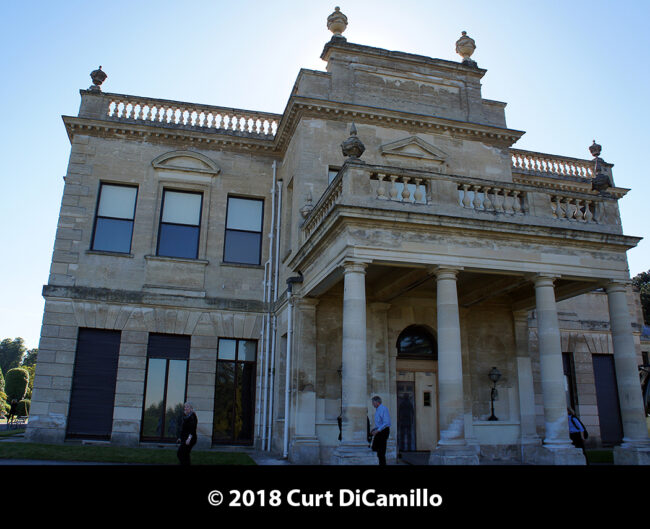
The entrance facade
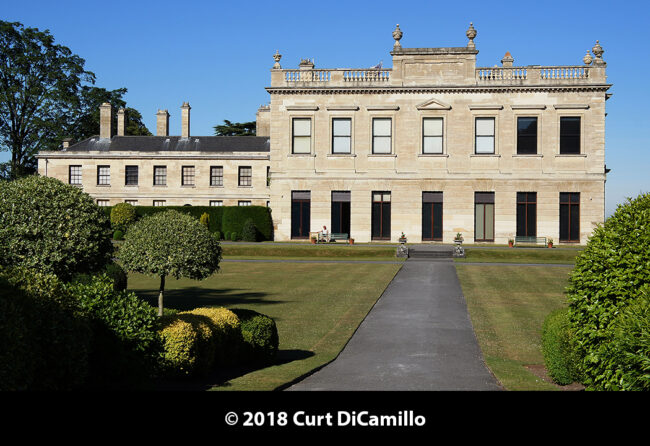
The garden facade
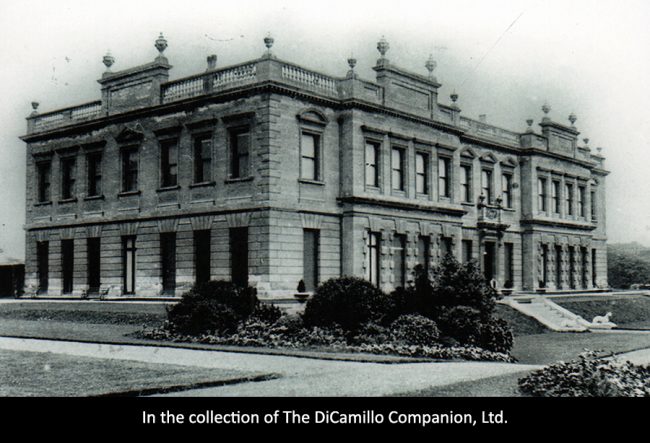
The garden facade from an early 20th century postcard
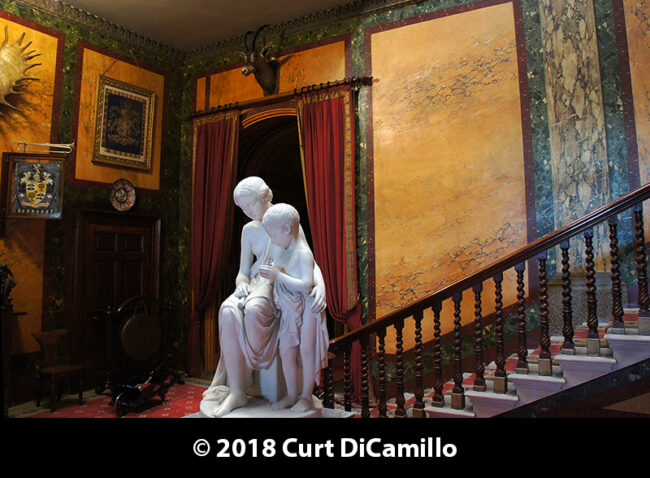
The staircase
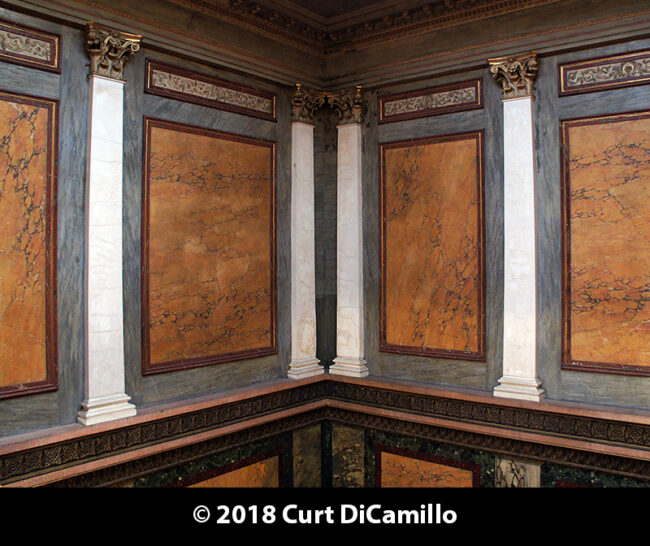
The staircase hall
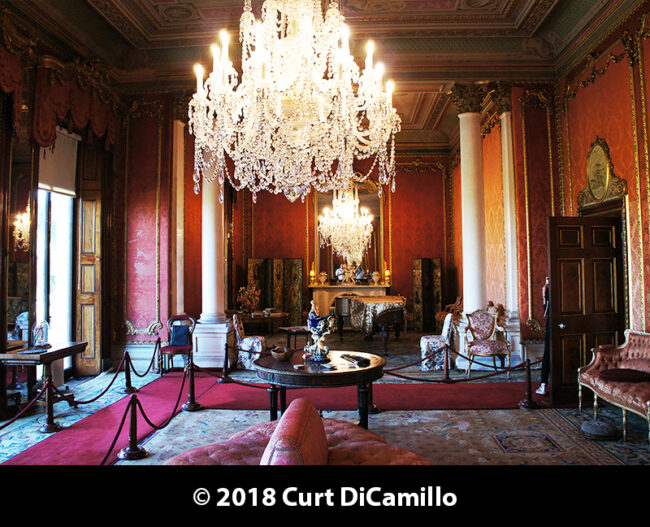
The drawing room
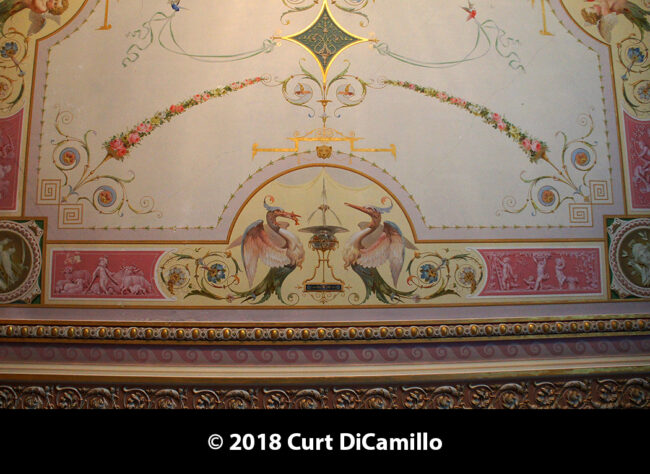
Drawing room ceiling
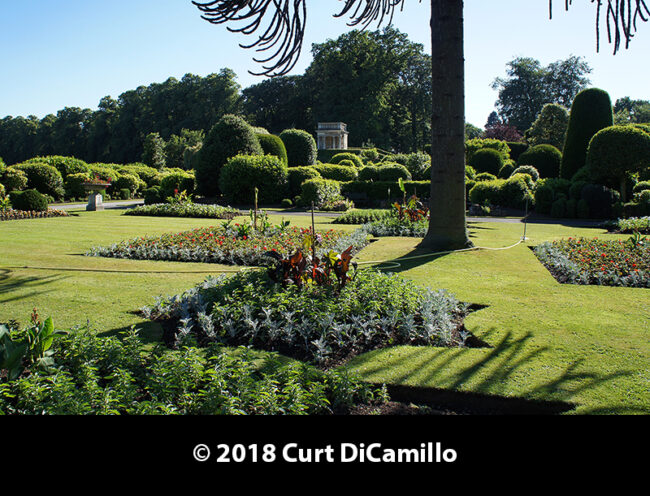
The garden
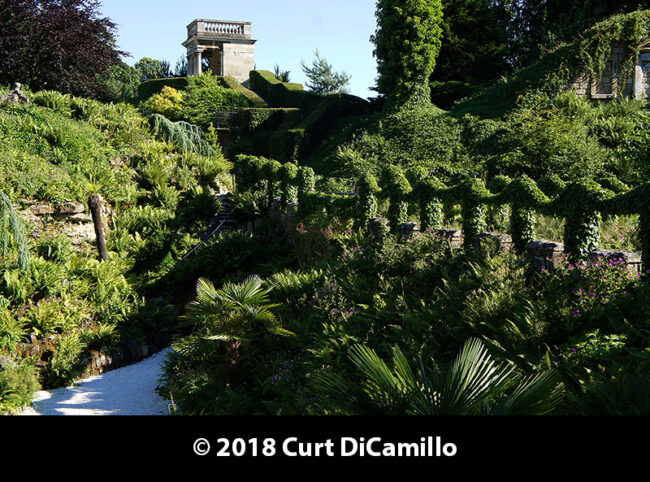
The garden
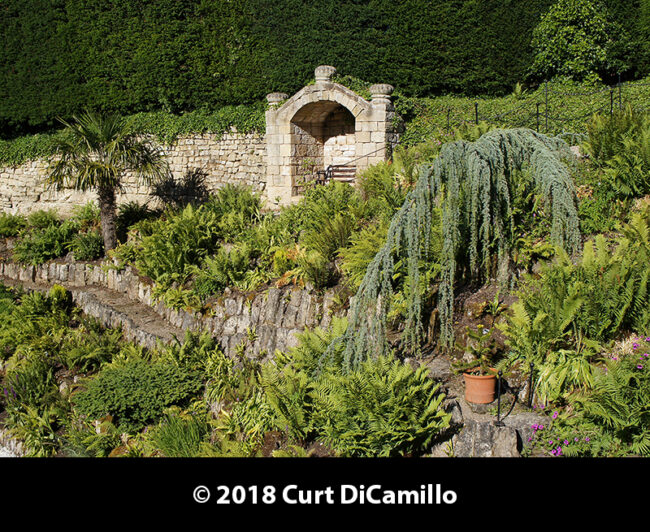
The garden
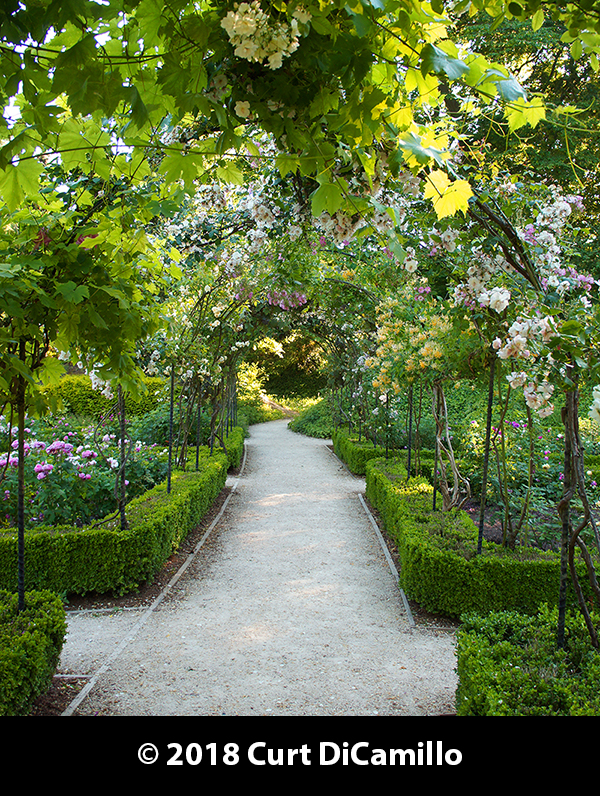
The pergola
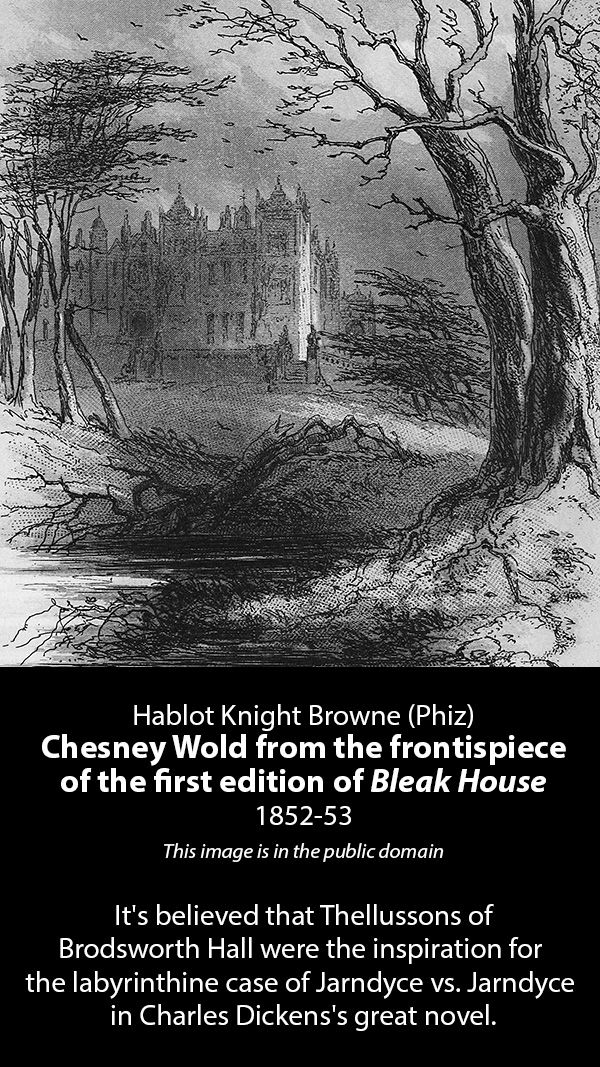
Earlier Houses: There were a number of earlier houses on the site; the last of these, a Georgian house, was demolished in 1850s and replaced by the current 19th century house.
Built / Designed For: Charles Sabine Augustus Thellusson
House & Family History: In 1713 George Henry Hay, 8th Earl of Kinnoull, purchased the Brodsworth Estate from Sir John Wentworth. Lord Kinnoull rebuilt the house in the Georgian style, but lost most of his money in the South Sea Bubble of 1720, thus hampering his heirs' ability to properly maintain the estate. The 8th Earl's second son, Robert, later archbishop of York, moved into Brodsworth upon the death of his father. On Robert's death in 1777, Brodsworth was inherited by his eldest son, the 10th Earl of Kinnoull, who sold the estate in 1790 to the Swiss banker Peter Thellusson (1737–97). Thellusson was a director of the Bank of England, a successful sugar and tobacco importer, and the owner of Caribbean plantations with enslaved workers (the Thellusson family owned slaves in Grenada and Monsterrat until 1820). Peter Thellusson left an extraordinary will that put his fortune in trust to remain untouched by his heirs for three generations, thus disinheriting his children and his grandchildren. His family unsuccessfully challenged the will in the infamous Thellusson Will Case, Thellusson vs. Woodford, still legendary today in British legal history. Thellusson vs. Woodford dragged on through the courts for many years, significantly depleting the value of the estate and causing Parliament to pass the Accumulations Act 1800 (also known as the Thellusson Act) to prevent multi-generational bequests. It's believed that Thellusson vs. Woodford was the inspiration for the labyrinthine case of Jarndyce vs. Jarndyce in Charles Dickens's "Bleak House," in which lawyers on both sides benefited to the detriment of the designated heirs. The will stood and Peter's greatly depleted, but still significant, estate was inherited in 1859 (62 years after his death) by two of his great grandchildren: Charles Sabine Augustus Thellusson and Frederick William Brook Thellusson, 5th Baron Rendlesham. C.S.A. Thellusson's inheritance included Brodsworth Hall, which he immediately demolished and replaced with the current house. The new Brodsworth was designed in a T-shaped Italianate style by the little-known London architect Philip Wilkinson, who was just 26 years old at the time. Brodsworth was constructed of ashlar limestone, some quarried on the estate, with stonework, windows, and interior fittings reused from the earlier house. C.S.A. Thellusson had four sons, all of whom died childless; thus, Brodsworth passed in turn to each son. At the death of the youngest (and last) son, Augustus Thellusson, in 1931, the house passed to his nephew, Captain Charles Grant-Dalton (1882–1952). Captain Grant-Dalton and his wife Sylvia were unable to afford the upkeep of Brodsworth; room-by-room they closed off parts of the house, as leaky roofs destroyed rooms and the land beneath the house sank due to mining subsidence. Sylvia died in 1988; in 1990 her daughter, Pamela Williams, donated Brodsworth to English Heritage. The National Heritage Memorial Fund provided £3,365,000 for the acquisition of the house and its contents and for the establishment of an endowment. English Heritage decided to conserve the interiors as found, rather than replacing or significantly restoring them, leaving Brodsworth today with the feel of faded Victorian elegance.
Collections: Brodsworth is noted for Charles Sabine Thellusson's collection of paintings and sculptures, including a large collection of Italian sculpture Thellusson purchased at the Dublin International Exhibition of 1865. "The Four Seasons," a quartet of paintings in oil on metal attributed to the circle of Louis de Caullery, originally at Brodsworth, came back to the house in 2001 through money provided by the development fund of English Heritage.
Garden & Outbuildings: Brodsworth is set in award-winning Victorian gardens.
Country Life: CXXXIV, 804, 876 plan, 1963.
Title: Heritage Today (magazine)
Author: NA
Year Published: NA
Reference: Sep 2001, pg. 7
Publisher: London: English Heritage
ISBN: NA
Book Type: Magazine
Title: Disintegration of a Heritage: Country Houses and their Collections, 1979-1992, The
Author: Sayer, Michael
Year Published: 1993
Publisher: Norfolk: Michael Russell (Publishing)
ISBN: 0859551970
Book Type: Hardback
House Listed: Grade I
Park Listed: Grade II*
Past Seat / Home of: SEATED AT EARLIER HOUSE: Sir John Wentworth, early 18th century. George Henry Hay, 8th Earl of Kinnoull, 1713-58; Robert Hay-Drummond, 10th Earl of Kinnoull, 18th century; Hay family here until 1790. Peter Isaac Thellusson, 1st Baron Rendlesham, 1790-97. SEATED AT CURRENT HOUSE: Charles Sabine Augustus Thellusson, 1863-85. Captain Charles Grant-Dalton, 1931-52; Grant-Dalton family here until 1988.
Current Ownership Type: English Heritage
Primary Current Ownership Use: Visitor Attraction
House Open to Public: Yes
Phone: 01302-722-598
Fax: 01302-337-165
Email: [email protected]
Website: https://www.english-heritage.org.uk
Awards: In 2019 "The Times" (London) named the gardens at Brodsworth as one of the most beautiful in Britain
Historic Houses Member: No